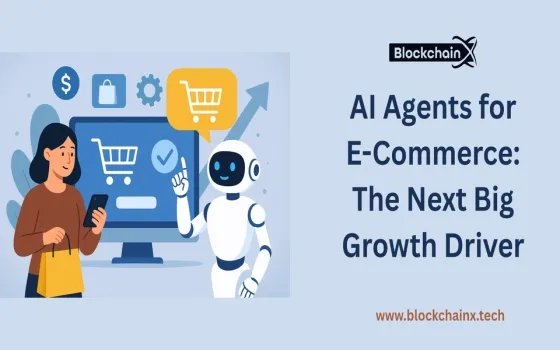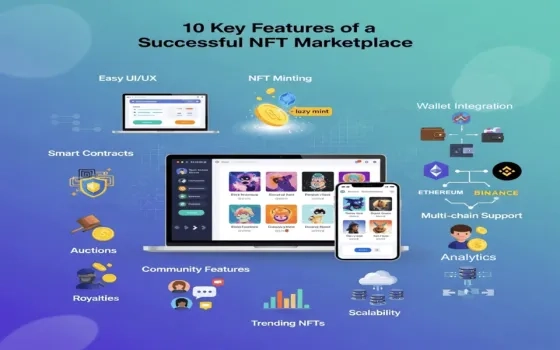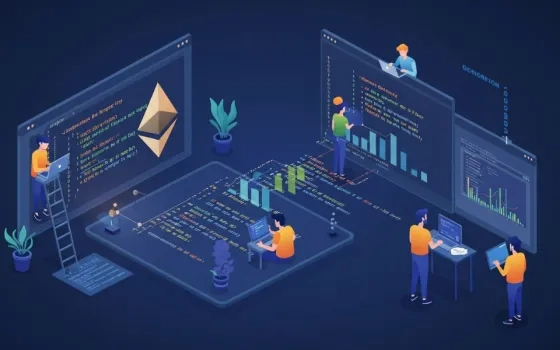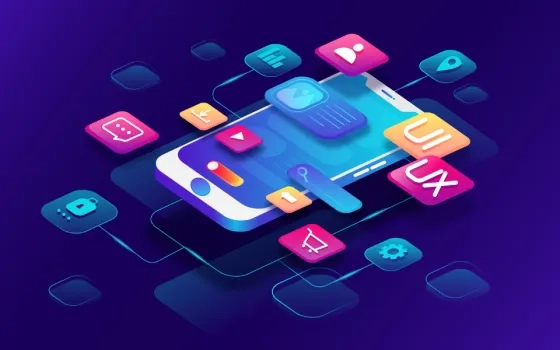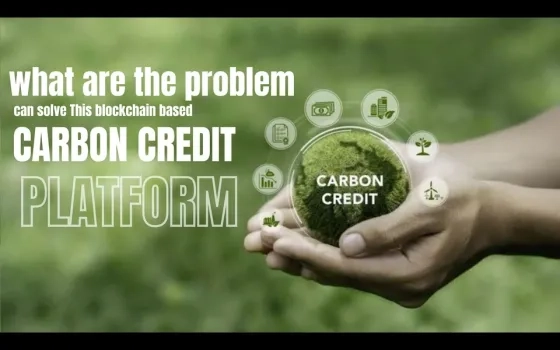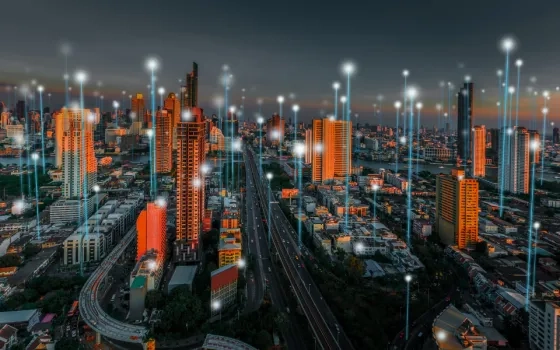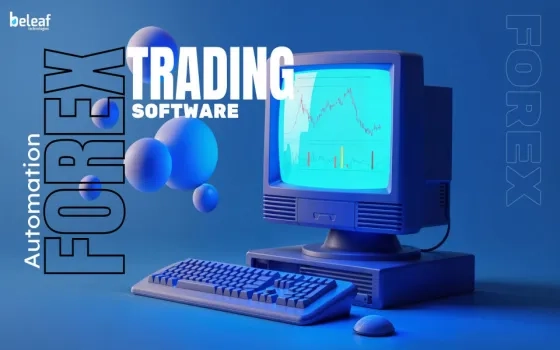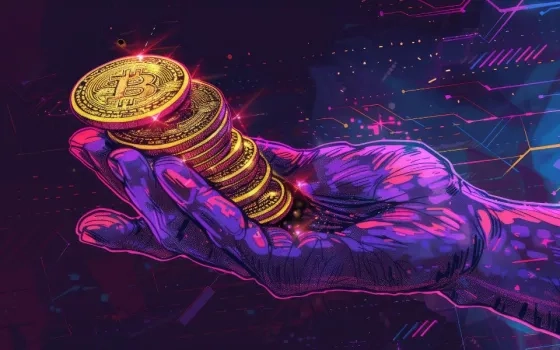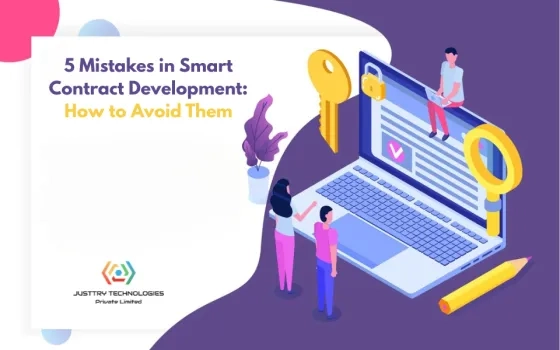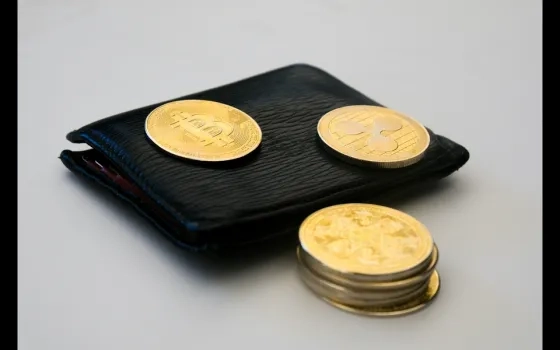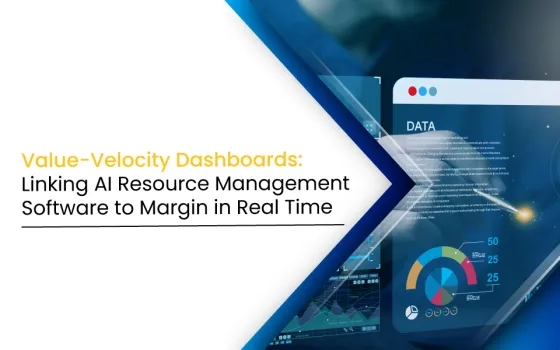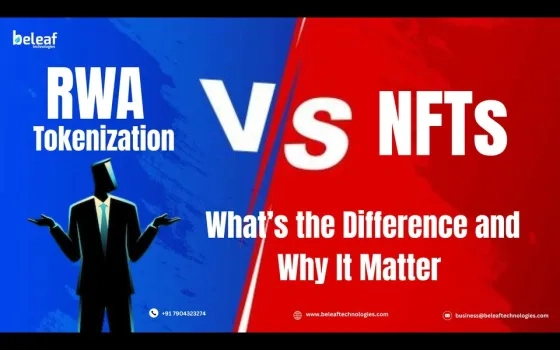The investment landscape is evolving faster than ever, with technology bridging the gap between physical assets and the digital economy. At the heart of this transformation is the concept of Real World Asset (RWA) Tokenization — a process that converts tangible assets into blockchain-based tokens. These tokens are not just digital representations; they hold intrinsic value tied to real-world items such as real estate, gold, art, commodities, and even intellectual property. This shift is enabling investors, enterprises, and asset owners to access new opportunities, streamline operations, and tap into previously illiquid markets.
In this blog, we will explore what RWA tokenization offerings are, how they work, their benefits, and why they are rapidly becoming a cornerstone of the global investment ecosystem.
Understanding Real World Asset Tokenization
Real World Asset Tokenization is the process of taking a tangible asset — for example, a building, a rare artwork, or a gold reserve — and creating a digital token on a blockchain that represents ownership rights or shares of that asset. These tokens are often issued via a secure platform that ensures transparency, traceability, and compliance with regulations.
The value of these tokens is directly tied to the underlying asset. This means that if you own a token representing one gram of gold, you essentially hold a verifiable claim to that amount of gold stored in a secure vault. This mechanism transforms traditional asset ownership into a more accessible, divisible, and tradable format.
How RWA Tokenization Works
The tokenization process begins with asset identification and valuation. Once an asset’s value is confirmed, it is placed under secure custody or legal ownership structures to ensure investor protection. The asset is then digitally represented through blockchain tokens.
Each token carries immutable records that verify its authenticity and ownership history. Smart contracts — self-executing agreements coded on the blockchain — are often integrated into the offering to manage transactions, enforce rules, and facilitate automatic distribution of returns or dividends.
For example, imagine a luxury apartment building worth $20 million. Traditionally, only large institutional investors or wealthy individuals could participate in its ownership. Through tokenization, the building can be divided into millions of tokens, each representing a fraction of ownership. These tokens can then be bought, sold, or traded, opening the investment to a much wider pool of participants.
The Core Components of RWA Tokenization Offerings
An effective RWA tokenization offering involves several key elements that ensure security, compliance, and market viability. First is asset due diligence, which verifies the legitimacy and valuation of the asset. Without a strong foundation of trust, tokenized offerings cannot succeed.
Next is legal structuring, which determines how the asset is owned, managed, and governed. This often involves creating special-purpose vehicles (SPVs) or trusts to hold the physical asset on behalf of token holders.
Finally, there is technology infrastructure, which powers the entire ecosystem. Blockchain platforms, digital wallets, custody services, and trading interfaces come together to ensure a seamless and secure experience for participants.
Types of Assets Being Tokenized
The range of assets eligible for tokenization is expanding rapidly. Real estate remains one of the most popular categories due to its high value and traditionally low liquidity. Tokenizing property makes it possible for investors to participate in premium markets with minimal entry costs.
Precious metals like gold, silver, and platinum are also frequently tokenized, offering investors the security of holding physical commodities while enjoying the ease of digital transactions.
Artworks, collectibles, and luxury items such as rare watches and vintage cars have entered the tokenization space as well. These high-value items can now be fractionally owned and traded globally, bringing new liquidity to niche markets.
Even less conventional assets such as carbon credits, agricultural produce, and renewable energy infrastructure are being tokenized, reflecting the adaptability and broad potential of this approach.
Advantages of Real World Asset Tokenization Offerings
One of the most significant advantages of RWA tokenization is increased liquidity. Traditionally, selling high-value assets could take months or even years. Tokenization enables faster, more efficient transactions, often within minutes.
It also democratizes access to investments. Fractional ownership allows individuals to invest in assets that would otherwise be beyond their financial reach. For example, a young investor could own a share in a luxury penthouse or a fine art masterpiece without needing millions of dollars in capital.
Transparency is another major benefit. Blockchain technology ensures that every transaction is publicly recorded, immutable, and verifiable. This reduces fraud, builds investor trust, and enhances accountability for asset managers.
Additionally, tokenization can reduce transaction costs by eliminating multiple intermediaries in the investment process. Direct peer-to-peer transactions mean fewer fees, faster settlement, and streamlined compliance checks.
The Role of Compliance and Regulation
Despite the promise of RWA tokenization, compliance remains a critical factor in its success. Tokenized offerings must adhere to securities regulations, anti-money laundering (AML) requirements, and know-your-customer (KYC) standards in different jurisdictions.
Regulated platforms often integrate compliance processes directly into the onboarding experience. This ensures that all investors are verified, asset ownership structures are legally sound, and transactions meet cross-border regulatory standards.
As global financial regulators become more familiar with tokenized assets, clearer frameworks are emerging to guide their issuance and trading. This regulatory clarity is expected to accelerate adoption by institutional investors.
Use Cases in Action
Tokenization has already made a mark across several industries. In real estate, projects in major cities have tokenized commercial buildings, enabling global investors to participate without complex paperwork.
In commodities, gold-backed tokens have become a reliable store of value, allowing holders to trade digital gold as easily as any cryptocurrency while maintaining a claim to the physical metal.
Art marketplaces have also embraced tokenization, with platforms enabling fractional ownership of iconic works by famous artists. This has transformed the art investment landscape, making it more inclusive and liquid.
The Future of RWA Tokenization Offerings
The momentum behind RWA tokenization is only growing. As blockchain adoption deepens, more asset classes will be digitized, offering unparalleled flexibility and inclusivity in the investment world.
Institutional adoption is expected to be a major driver, with banks, hedge funds, and asset managers exploring tokenization to enhance portfolio diversification and access global markets.
Integration with decentralized finance (DeFi) platforms is another frontier. Tokenized RWAs can be used as collateral for loans, yield farming, and other DeFi applications, creating new opportunities for both investors and asset owners.
Key Takeaways
Real World Asset Tokenization Offerings are not just a technological trend — they are a fundamental shift in how value is created, exchanged, and owned. By converting tangible assets into blockchain-based tokens, this innovation is breaking down barriers, increasing liquidity, and unlocking global investment potential.
From real estate and gold to art and carbon credits, tokenization is making it possible for anyone, anywhere, to hold a stake in valuable assets without the traditional hurdles of ownership. As regulatory clarity improves and blockchain infrastructure matures, RWA tokenization is set to become an integral part of the global financial ecosystem.
In the years ahead, the phrase “turning tangible assets into digital gold” will no longer be a metaphor — it will be the new reality for investors and businesses worldwide.



